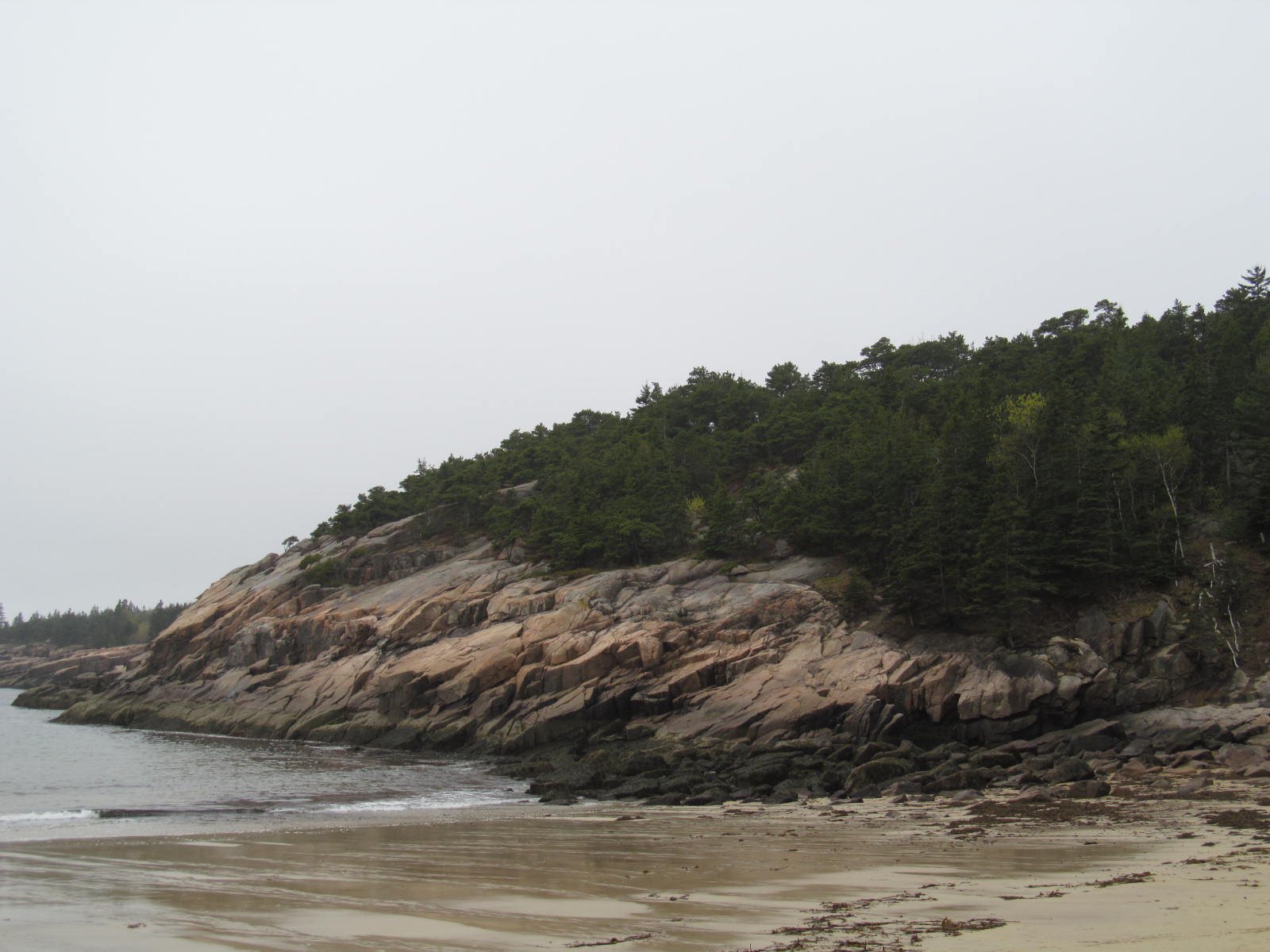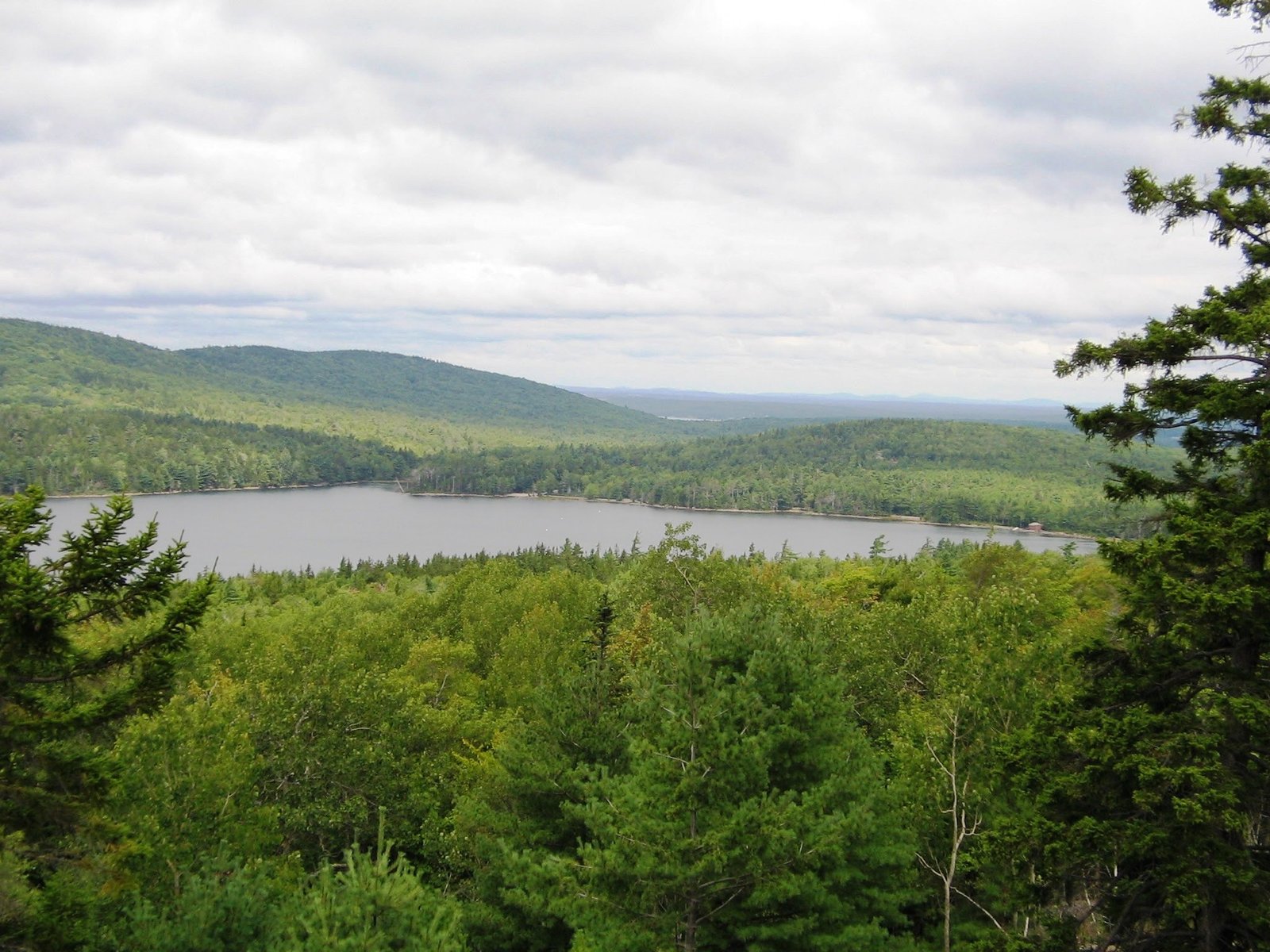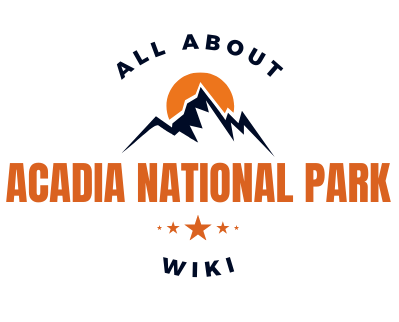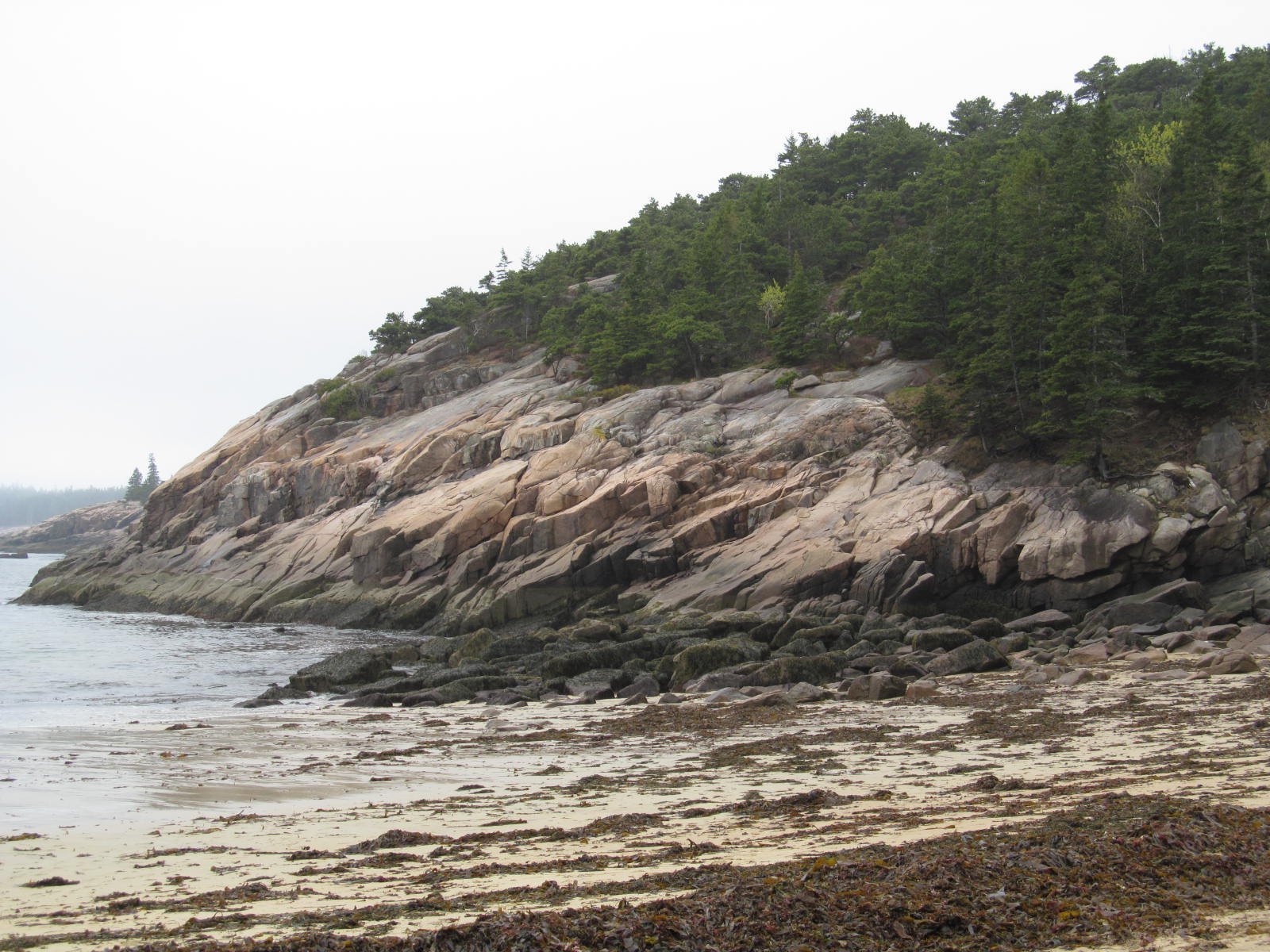The carriage road that includes Waterfall Bridge in Acadia National Park is a historic 45-mile network of crushed gravel paths. Built between 1913 and 1940 by John D. Rockefeller Jr., these motor-free byways offer scenic views of Mount Desert Island. The Waterfall Bridge, completed in 1925, is a highlight, featuring a skewed arch design that frames the 40-foot Hadlock Falls.
What is the History Behind the Carriage Road and Waterfall Bridge?

The carriage road system in Acadia National Park, including the iconic Waterfall Bridge, is a testament to the vision of John D. Rockefeller Jr. Construction of this extensive network began in 1913 and continued until 1940. Rockefeller, an avid horseman, wanted to create motor-free byways that would allow visitors to explore the heart of Mount Desert Island via horse and carriage.
The Waterfall Bridge, completed in 1925, is the fifth of 16 (or 17, depending on the source) historic stone-faced bridges built along the carriage roads. Its construction was part of Rockefeller’s larger plan to enhance the natural beauty of Acadia National Park while providing accessible routes for visitors.
Key historical points:
– Construction period: 1913-1940
– Waterfall Bridge completion: 1925
– Total length of carriage roads: 45 miles
– Number of stone-faced bridges: 16-17
What are the Scenic Views Along the Carriage Road?

The carriage road that includes Waterfall Bridge offers some of the most picturesque views in Acadia National Park. Here are some highlights:
- Waterfall Bridge Arch: The skewed arch of the bridge frames a stunning view of Hadlock Falls, a 40-foot waterfall.
- Viewing Platforms: Four buttress-like platforms on the bridge provide excellent vantage points for enjoying the scenery.
- Forest Canopy: The surrounding lush forest creates a calming, natural setting.
- Seasonal Variations:
- Spring: Robust waterfall due to spring runoff
- Summer: Potentially reduced waterfall flow in drier months
- Autumn: Vibrant foliage, especially colorful around mid-October
How Accessible is the Carriage Road and Waterfall Bridge?
The carriage road system, including the section with Waterfall Bridge, is designed to be accessible to a wide range of visitors. Here’s what you need to know:
- Trail Surface: Primarily crushed gravel, suitable for walking, biking, and horseback riding
- Length: The full system is 45 miles, but the Waterfall Bridge can be reached via shorter routes
- Elevation Gain: Low to moderate, making it accessible for most visitors
- Parking: Available at Parkman Trailhead and Norumbega Trailhead
- Guided Tours: Carriage rides available through Wildwood Stables
| Activity | Suitability |
|---|---|
| Walking | Excellent |
| Biking | Excellent |
| Horseback Riding | Good |
| Wheelchair Access | Limited |
What Amenities are Available Along the Carriage Road?
While the carriage road system offers a rustic experience, there are some amenities available for visitors:
- Parking:
- Parkman Trailhead
-
Norumbega Trailhead
-
Restroom Facilities:
- Available at park visitor centers and main trailheads
-
Limited along the carriage road itself
-
Guided Tours:
- Carriage rides through Wildwood Stables
-
Information available at the park’s visitor center
-
Trail Maps:
- Available at visitor centers
- Recommended for navigation, especially for longer routes
How Can Visitors Best Experience the Carriage Road and Waterfall Bridge?
To make the most of your visit to the carriage road and Waterfall Bridge in Acadia National Park, consider these tips:
- Plan Your Route:
- Choose a section that matches your fitness level and time constraints
-
The walk to Waterfall Bridge is an easy mile from the nearest parking area
-
Time Your Visit:
- Spring for robust waterfall views
-
Autumn for colorful foliage (peak around mid-October)
-
Bring the Right Gear:
- Comfortable walking shoes
- Water and snacks
-
Camera for capturing scenic views
-
Follow Park Rules:
- Stay on designated trails
-
Practice Leave No Trace principles
-
Consider a Guided Tour:
- Carriage rides offer a unique perspective
- Park rangers can provide historical context
By following these suggestions, visitors can fully appreciate the beauty and history of the carriage road that includes Waterfall Bridge in Acadia National Park.
References:
1. Waterfall Bridge – Joe’s Guide to Acadia National Park
2. Acadia’s Hidden Carriage Road Gems – New England Fall Foliage
3. Carriage Roads – Acadia – National Park Service

